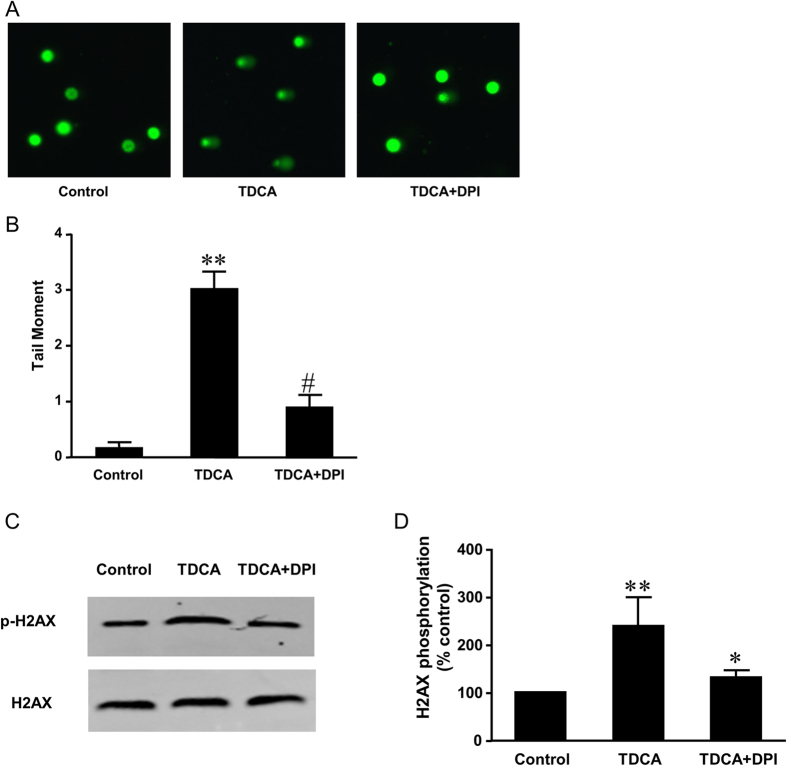Figure 4. The role of NADPH oxidases in TDCA induced DNA damage.
(A) Representative images of the Comet Assay at 4X magnification in FLO-1 cells treated with or without TDCA treatment (10−11 M,24 hours) in the presence or absence of NADPH oxidase inhibitor diphenyleneiodonium (DPI 10−5 M). (B) TDCA-induced increase in tail moment was significantly reduced by DPI (N = 149–208 cells of 3 experiments). (C) Typical images of Western blot analysis and (D) summarized data showed that TDCA (10−11 M, 24 hours) significantly increased H2AX phosphorylation, an increase which was significantly decreased by DPI (N = 3). These data suggest that NADPH oxidases may be involved in TDCA-induced DNA damage. ANOVA **P < 0.0001, compared with control group; #P < 0.0001, *P < 0.05, compared with TDCA group.

